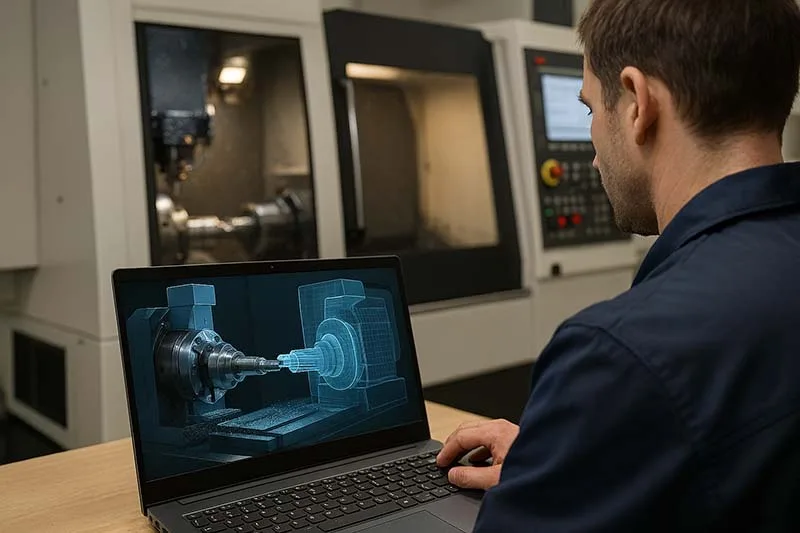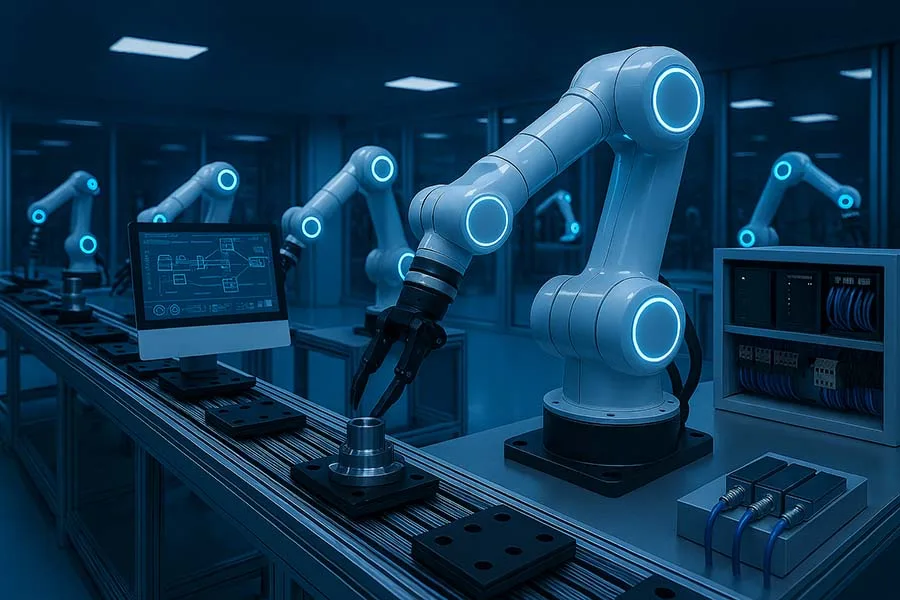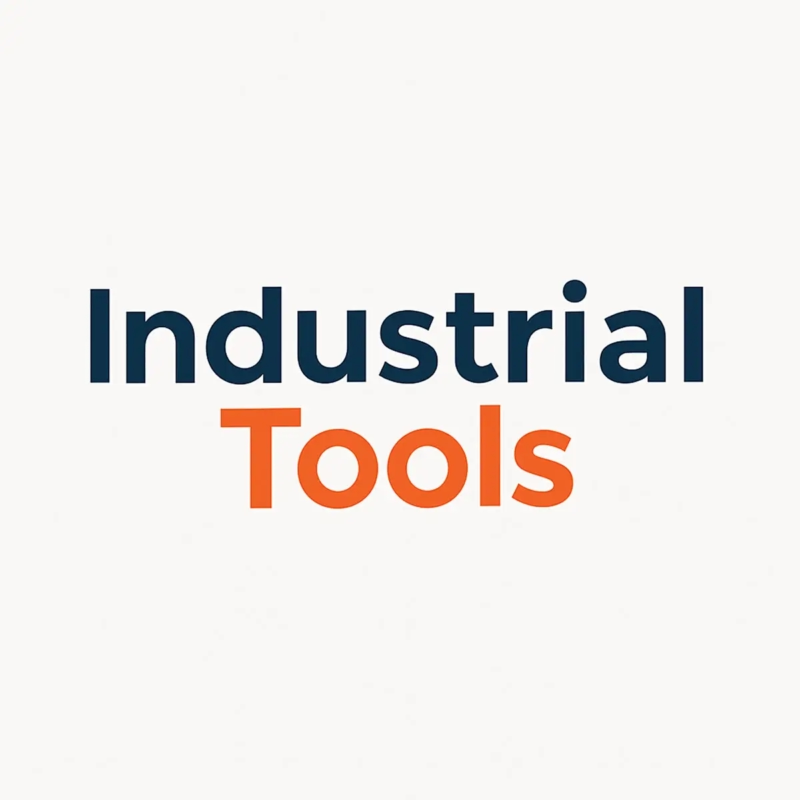The concept of Digital Twins is transforming industries from aerospace to automotive — and CNC machining is no exception. A digital twin is essentially a virtual replica of a physical machine, process, or system, continuously updated with real-time data. In CNC systems, this innovation is unlocking new opportunities for precision, efficiency, and predictive capabilities.
What Is a Digital Twin in CNC?
A digital twin in CNC machining is a 3D, data-driven model of the CNC machine and its processes. It mirrors the real-world machine, including:
- Tooling setups
- Workpiece geometry
- Machine kinematics
- Process conditions (feeds, speeds, vibration, temperature)
This twin updates dynamically using sensors, IoT devices, and machine logs, creating a living simulation of the machine’s state.
Benefits of Digital Twins in CNC Systems
1. Process Optimization
Manufacturers can simulate tool paths, predict tool wear, and test machining strategies virtually before running them on the real machine. This reduces scrap, improves part quality, and saves valuable production time.
2. Predictive Maintenance
Digital twins integrate machine learning models with real-time IoT data to predict failures before they occur. For example, monitoring spindle vibration trends can alert engineers to impending bearing wear.
3. Faster Prototyping and Design Validation
Instead of cutting multiple prototypes, engineers can test designs on the digital twin, adjusting tolerances and machining parameters instantly.
4. Reduced Downtime
By continuously monitoring performance, the system can suggest adjustments in real time, keeping operations smooth and minimizing unexpected stops.
Key Technologies Enabling Digital Twins in CNC
- IoT Integration: Real-time data capture from sensors and machine controllers.
- Machine Learning Algorithms: For predictive analysis and anomaly detection.
- High-Fidelity Simulation: CAD/CAM integration with real-world process data.
- Cloud and Edge Computing: To process and store massive data streams.
Challenges and Considerations
While promising, digital twins in CNC are not without hurdles:
- Data Overload: Managing terabytes of sensor data requires robust IT infrastructure.
- Integration Complexity: Linking CAD/CAM, ERP, and CNC controllers can be tricky.
- Cost: Initial investment in sensors, software, and IT resources may be high.
However, as costs fall and technologies mature, adoption is accelerating — particularly in aerospace, automotive, and high-precision industries.
The Future of CNC Digital Twins
Looking ahead, digital twins will evolve from machine-specific models to factory-wide ecosystems, where every CNC machine, robot, and system interconnects in a virtual environment. This promises:
- Fully autonomous machining optimization
- AI-driven production scheduling
- Holistic quality control from design to delivery
In short, digital twins are moving CNC systems closer to the smart factories of Industry 4.0.
✅ Funny Fact: Some engineers joke that digital twins are like “machine Tamagotchis” — you have to keep them well-fed with data, or they won’t thrive.
💡 Lesser-Known Fact: The concept of digital twins was first coined by NASA in the early 2000s to simulate spacecraft systems for remote troubleshooting.
Want To Read More?
- CNC Machining Processes & Technologies
- CNC Workflow: From CAD to Finished Part
- Tooling and Fixtures in CNC
- Multi-Axis Machining: 3-Axis vs 5-Axis
- AI and Machine Learning in CNC: The Future of Smart Manufacturing
- Predictive Maintenance and IoT in CNC
- Digital Twins in CNC Systems





